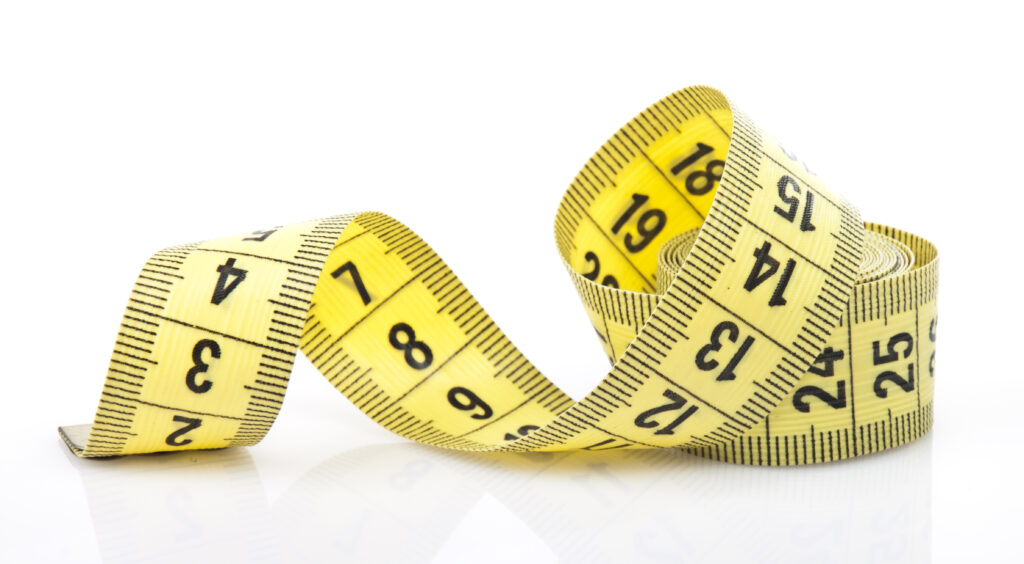A landmark report from an international Commission of experts, published in The Lancet Diabetes & Endocrinology (Rubino et al., 2025: https://doi.org/10.1016/S2213-8587(24)00316-4), calls for a re-evaluation of Body Mass Index (BMI) as a standalone measure for assessing clinical obesity. The Commission highlights the limitations of BMI, noting that it can both overestimate and underestimate adiposity, as it is not a direct measure of fat mass.
The experts propose a more comprehensive approach to defining obesity, focusing on the presence of illness caused by excess or abnormal adiposity rather than relying solely on BMI thresholds. They emphasize that anthropometric measures such as BMI are better suited for assessing future risks of obesity-related diseases or mortality, rather than diagnosing ongoing illness.
To enhance accuracy in obesity classification, the report recommends supplementing BMI with at least one additional anthropometric measure. Suggested options include waist circumference, waist-to-hip ratio, or waist-to-height ratio. Advanced methods such as Dual-Energy X-Ray Absorptiometry (DEXA) or bioimpedance analysis are also advocated for precision.
GrowthXP, a leading clinical growth assessment tool, has already integrated waist circumference charts and an array of skinfold standards routinely used in medical practice.
The report notes that for individuals with very high BMI (e.g., above 40 kg/m²), the risk of misclassification is notably lower. For children and adolescents, the severely obese individual can be plotted in GrowthXP using newer, extended BMI charts published by the CDC. The new curves accurately cover individuals up to a BMI of 60 and BMI z-score of 5, greatly improving on the previous limit of values beyond the 97th percentile.
This pivotal report underscores the need for a multidimensional approach to assessing obesity, offering the potential for more precise diagnosis and improved clinical outcomes.
PC PAL advocates that growth charting software should be routinely reviewed to include relevant measures.
